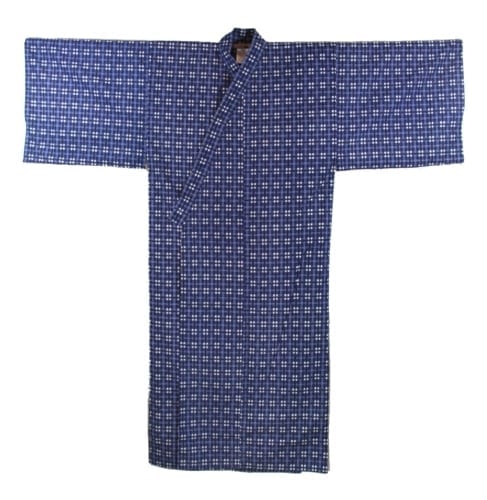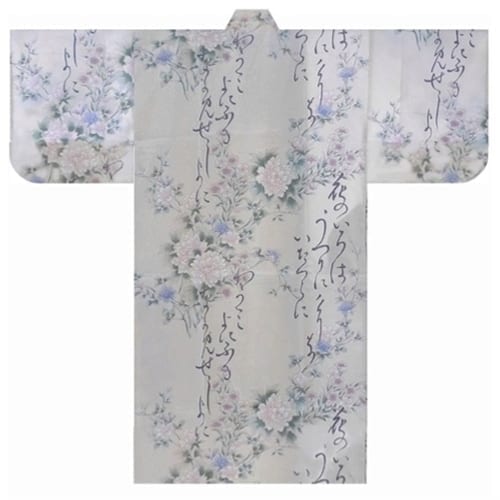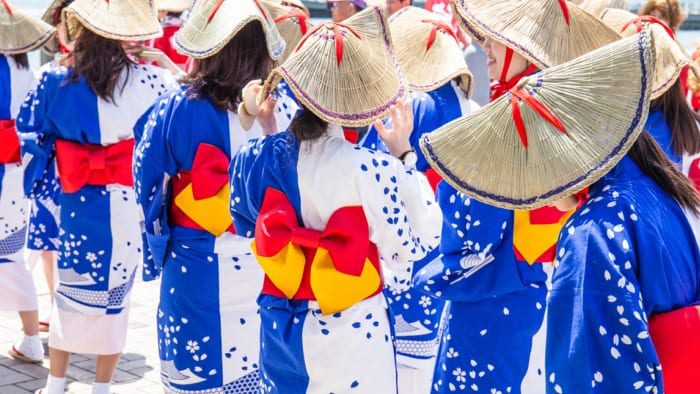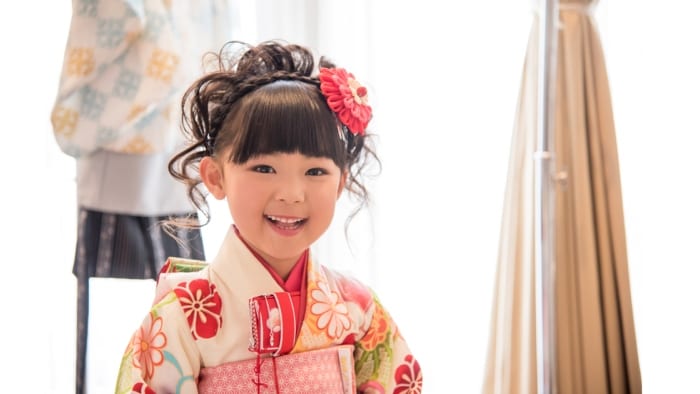Having difficulty selecting the perfect kimono as a gift for your friend? Allow Japanese Style to assist you! We have valuable tips to help you choose an appropriate kimono from our extensive collection of both kimonos and yukatas.
Seasons play a significant role in Japanese fashion, with specific colors associated with different times of the year. For instance, spring embraces pale and bright colors, while winter gravitates towards dark hues like black and deep red. Fall is characterized by ruddy gold and dusky shades, while summer trends lean towards “jewel tones” such as emerald green or crimson.
If you seek a summer garment, consider a yukata instead. Yukatas are simpler robes derived from kimonos, perfect for casual summer events, hot weather outings, or trips to the beach.
While kimonos are suitable for both men and women, Japanese tradition designates certain kimonos for each gender. Women enjoy a wide variety of kimonos, ranging from the ultra-formal furisode to the common kimono. Their sleeves are typically longer and rounder, and their obis are wider and more elaborately tied. Women’s kimonos often showcase complex and vibrant patterns, while men’s kimonos tend to be simpler and darker.

Montsuki
Marital status also influences kimono choices. Married women wear different styles of kimonos than unmarried women. For unmarried women, the furisode is a popular choice with its very long sleeves and pronounced colorful patterns. On the other hand, married women opt for the tomesode, featuring the family crest and a black color scheme. Both are formal kimonos, but they carry distinct implications for the wearer’s status.
Formality is a crucial factor to consider, as different kimonos suit various levels of formality. For instance, an uchikake, a wedding kimono, would not be appropriate streetwear, and a casual kimono might not be suitable for a tea ceremony. To ensure you select the most suitable kimono as a gift, refer to Japanese Style’s in-depth guide to kimono formality. If you have any questions, feel free to email us.
Gifting a kimono holds historical significance, as many kimonos are treasured as heirlooms passed down from generation to generation. By presenting one to your friend, you are participating in this rich tradition, so pay attention to these details to honor the gift appropriately. Your thoughtful gesture will undoubtedly be appreciated by the recipient!






